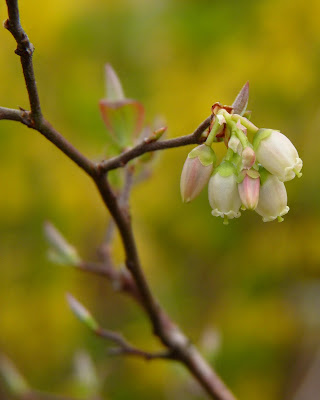The Caribbean tends not to loom as large in a birder's imagination as areas for seeing ABA-area rarities like Texas's Lower Rio Grande Valley or Attu, or sites for watching major bird spectacles like the wintering cranes and geese at Bosque del Apache, or regions with tons of endemics like the mountains and rainforests of northern South America. Still, some bird species are endemic to the Caribbean, and many migratory birds from North America spend their winters there. This makes it an attractive destination for a birding trip, especially since the region can be visited in the company of nonbirding family members or friends. Birders, of course, will want bird identification guides, and to that end, Bart de Boer, Eric Newton, and Robin Restall have created a new guide for the Netherlands Antilles:
Birds of Aruba, Curaçao, and Bonaire.
Aruba, Curaçao, and Bonaire lie close together just north of Venezuela. At this location, their avifauna is influenced by both the other Caribbean islands and northern South America, in slightly different proportions on each island. There are breeding birds present from each of the two regions. Beyond that, the islands frequently host migrants from North America, mainly during fall migration. Like elsewhere in the Caribbean, many species have been introduced from elsewhere and now maintain small colonies on the islands.
The guide has all the elements that one would expect in a field guide designed primarily for ecotourists. The introductory material discusses the history, geography, and biodiversity of the islands, including notes on the best spots to go birding. The plates follow, with most plates depicting 3-5 bird species with painted illustrations. The descriptive text for each species is on a page facing the plate that depicts it. The accounts give the official English and scientific names for each species, as well as the common names in the other languages used on the islands (Papiamento and Dutch). The rest of each species account includes the bird's average size (in centimeters) and thorough descriptions of the bird's distinctive physical characteristics, vocalizations, habitat, and current status. While there are no range maps in this guide, this should not pose a problem as the islands are small. The end pages include a checklist of species that indicates the islands where each species has been recorded as well as each bird's conservation status (as determined by the IUCN). The lack of range maps and the small number of species makes it possible to pack all of that into a very slim book of only 176 pages.
While the organization and information presented are very good, the artwork is not up to the high standard I have come to expect from Princeton field guides. First, the oranges and reds seem a bit too intense. This is very noticeable among the waterfowl, but it shows up elsewhere in the guide as well. The male Mallard's breast seems almost orange instead of the chestnut brown that one normally sees in the field. The male Northern Shoveler's flanks also look too bright. Beyond that, the proportions do not look right for many birds I know from North America. This is a bigger problem than the color intensity since size, shape, and structure are such important elements of sorting birds into families and even identifying one species from another. I first noticed the problem among the waterfowl, but as I looked through the rest of the book, I noticed more and more examples of badly shaped birds. It was particularly disappointing to see the illustrations of the wood warblers, which do not look true to life, in my opinion.
Still, a birder visiting these islands will want a copy of
Birds of Aruba, Curaçao, and Bonaire. It provides useful information on birding the islands and good enough plates to identify the birds found there. However, I would advise using the plates with care.
This review is based on a free review copy provided by Princeton University Press.













































